The simple answer is yes, you can patent software. However, there are strict rules to follow as to what software or software-related inventions can be patented.
Let’s begin by taking a brief look at what the requirements for obtaining patents in general are before applying these rules to software.
To be patentable an invention needs to overcome these two hurdles:
- It cannot fall within one of the excluded technologies (which includes “computer programs… as such”)
- It must be new and inventive (i.e. non-obvious)
This does not mean that all software-based inventions are not patentable. However, it does mean you need to be able to explain the technical problem your invention solves.
In a patent, the invention needs to be defined precisely. This is the purpose of your patent’s ‘claims’. Your patent should also include a detailed description of:
- The problem
- How it was addressed
- At least one working example
However, it is the “claims” that define what you feel is the key definition of the invention. If the European Patent Office (EPO) can see that the claims are linked to a technical entity that is not exclusively within the excluded technologies, then we can help you overcome the first hurdle.
To overcome the second hurdle for software-based inventions, we need to ask if “the claimed invention provides a non-obvious technical solution to a technical problem?” This involves making sure your patent application discloses and claims the invention in a way that means we can answer this question with a clear and emphatic “yes”!
What it comes to software patents, what is 'technical'?
When you’re dealing with patents for computer programs, success relies on your ability to make sure your computer program is deemed to make a technical contribution over the prior art. But what is a technical contribution?
Here are some examples of potentially patentable technical contributions:
- Automated control of a process
- Error detection
- Improved measure of performance or of a characteristic
- Improved accuracy / results
- Faster / more efficient processing
- Determining specific remedial action that is required (maybe)
- In some circumstances, an improved user interface
If your software makes any of the above technical contributions, it just may be patentable.
If this blog has raised any questions or you would like an initial chat to discuss whether you may have a patentable software invention, please contact our dedicated electronics and communications team today.

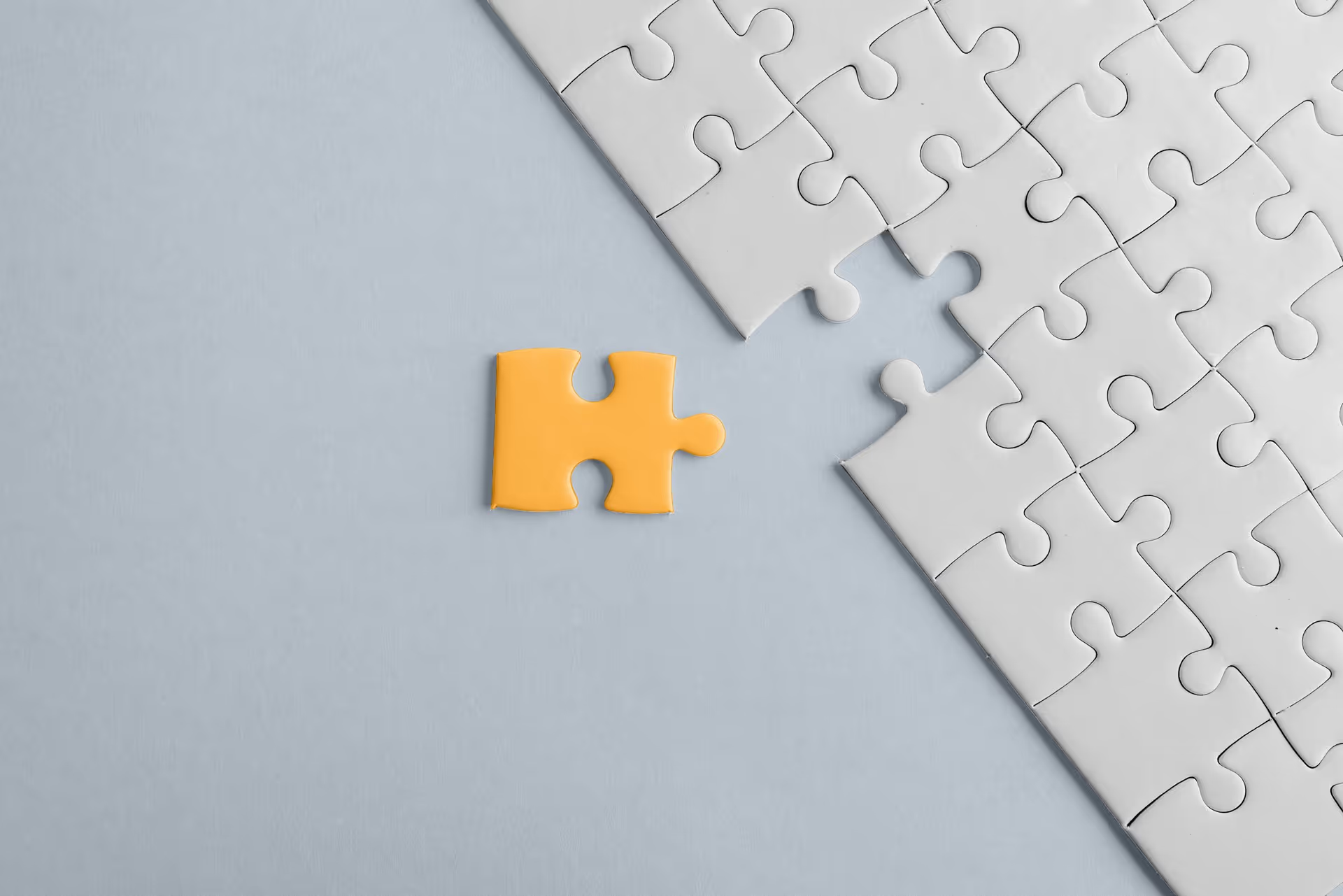

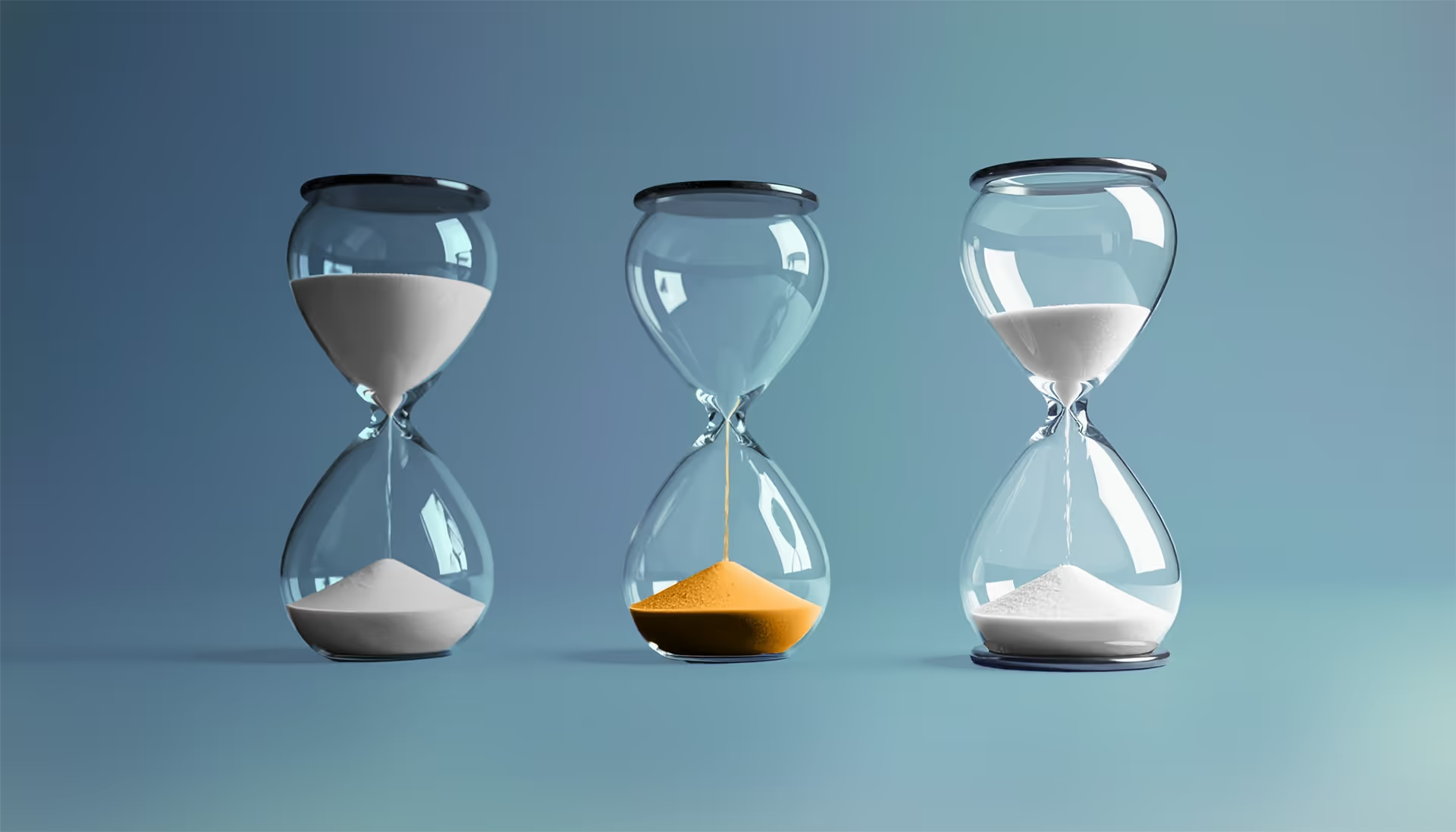


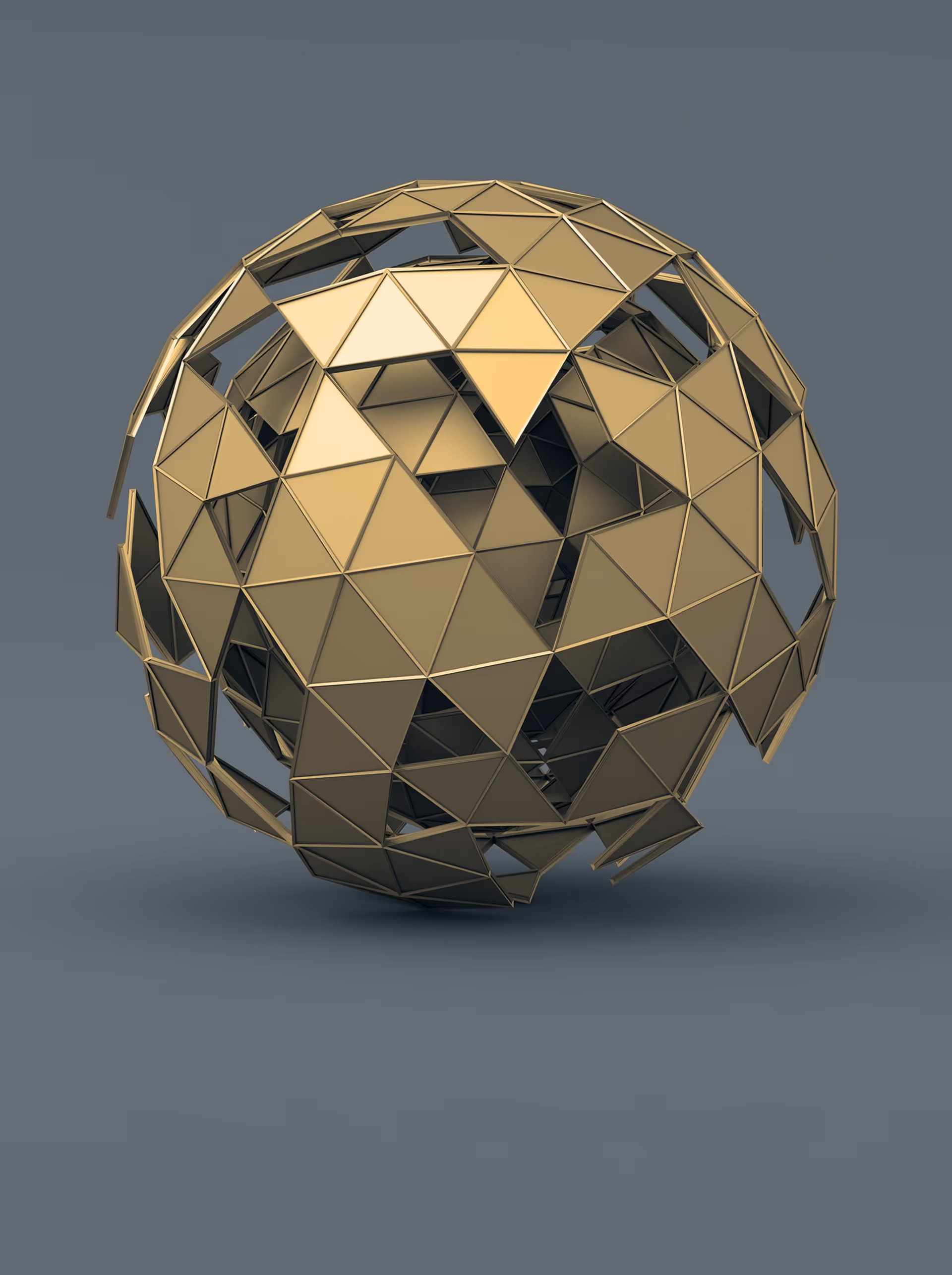







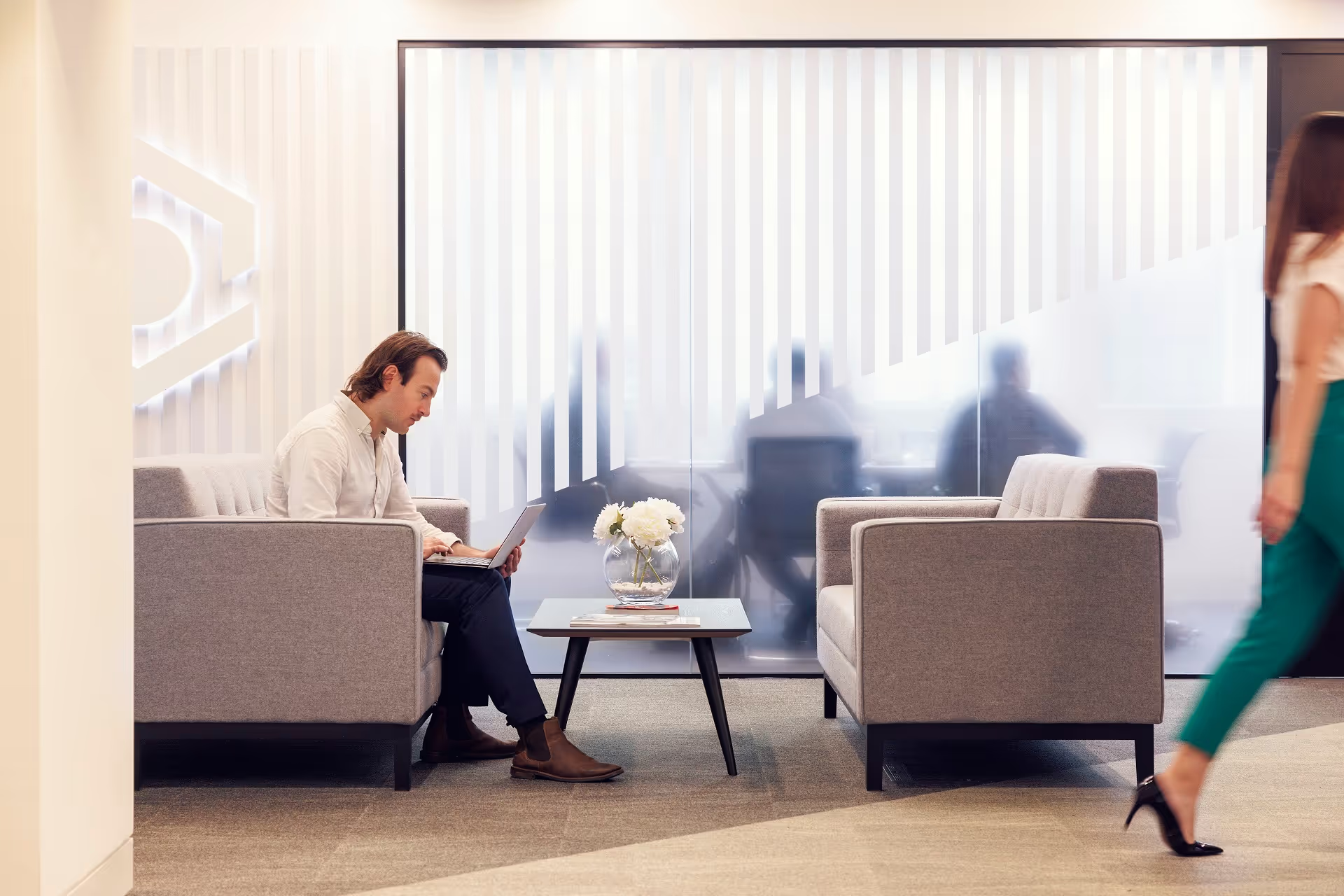

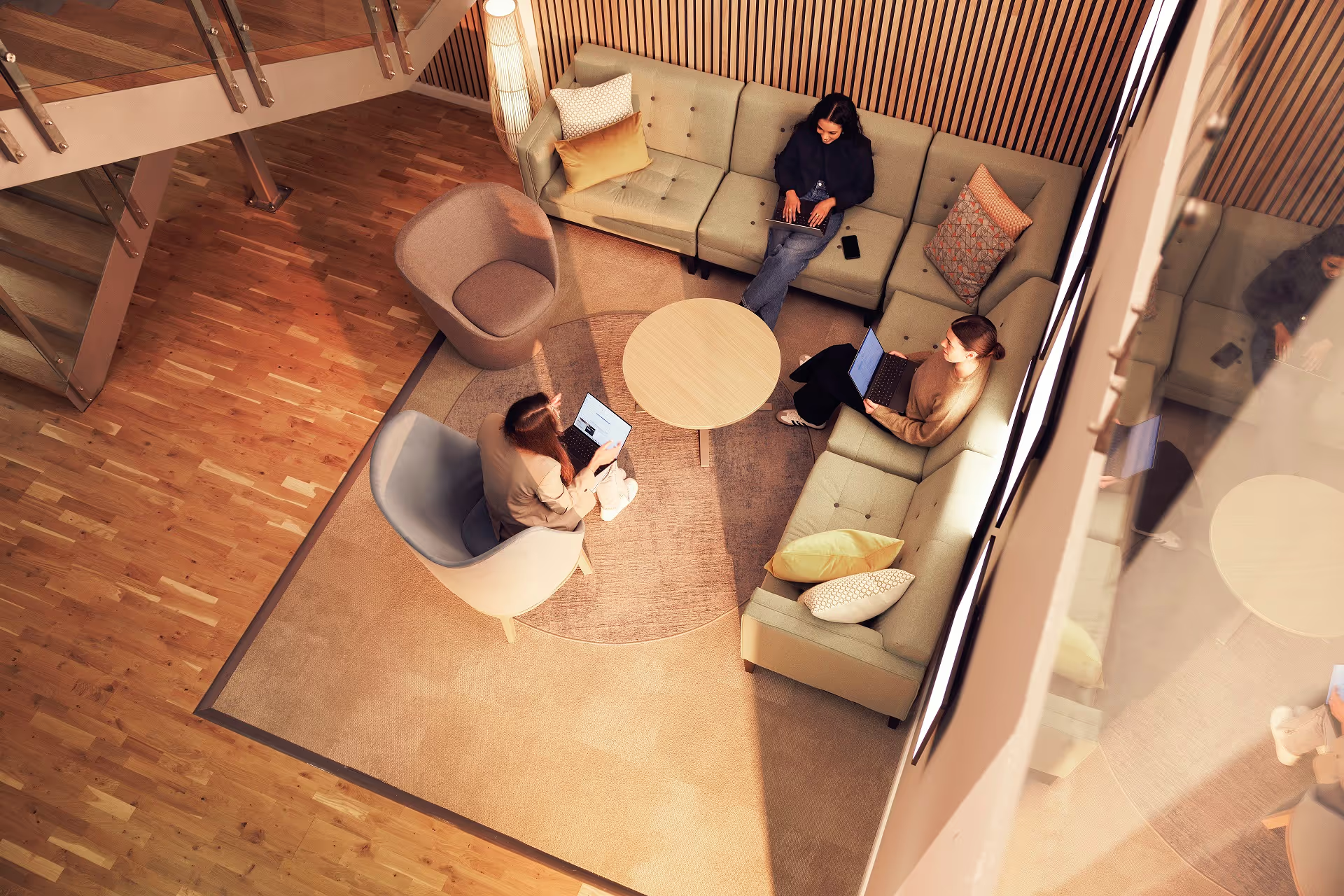

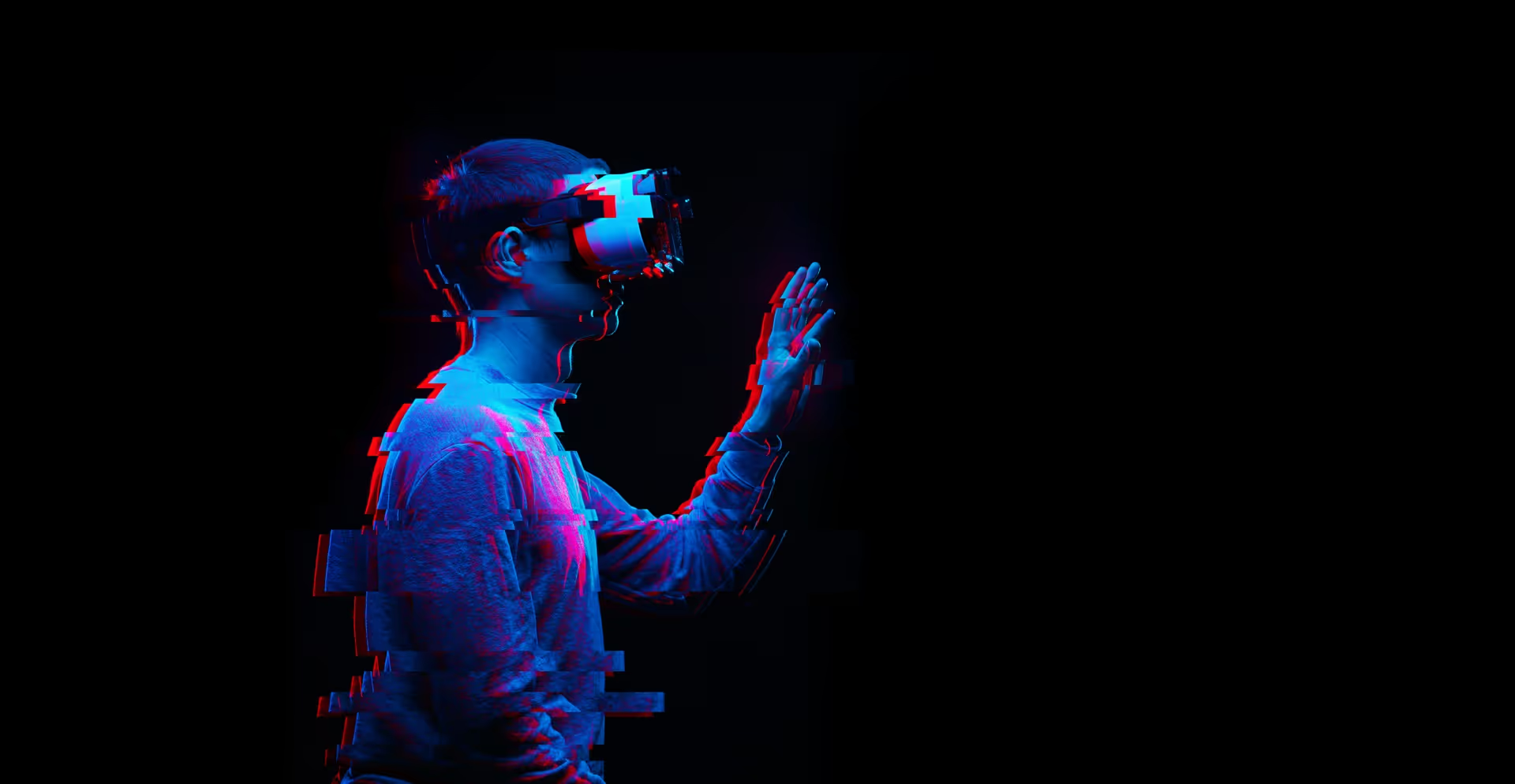

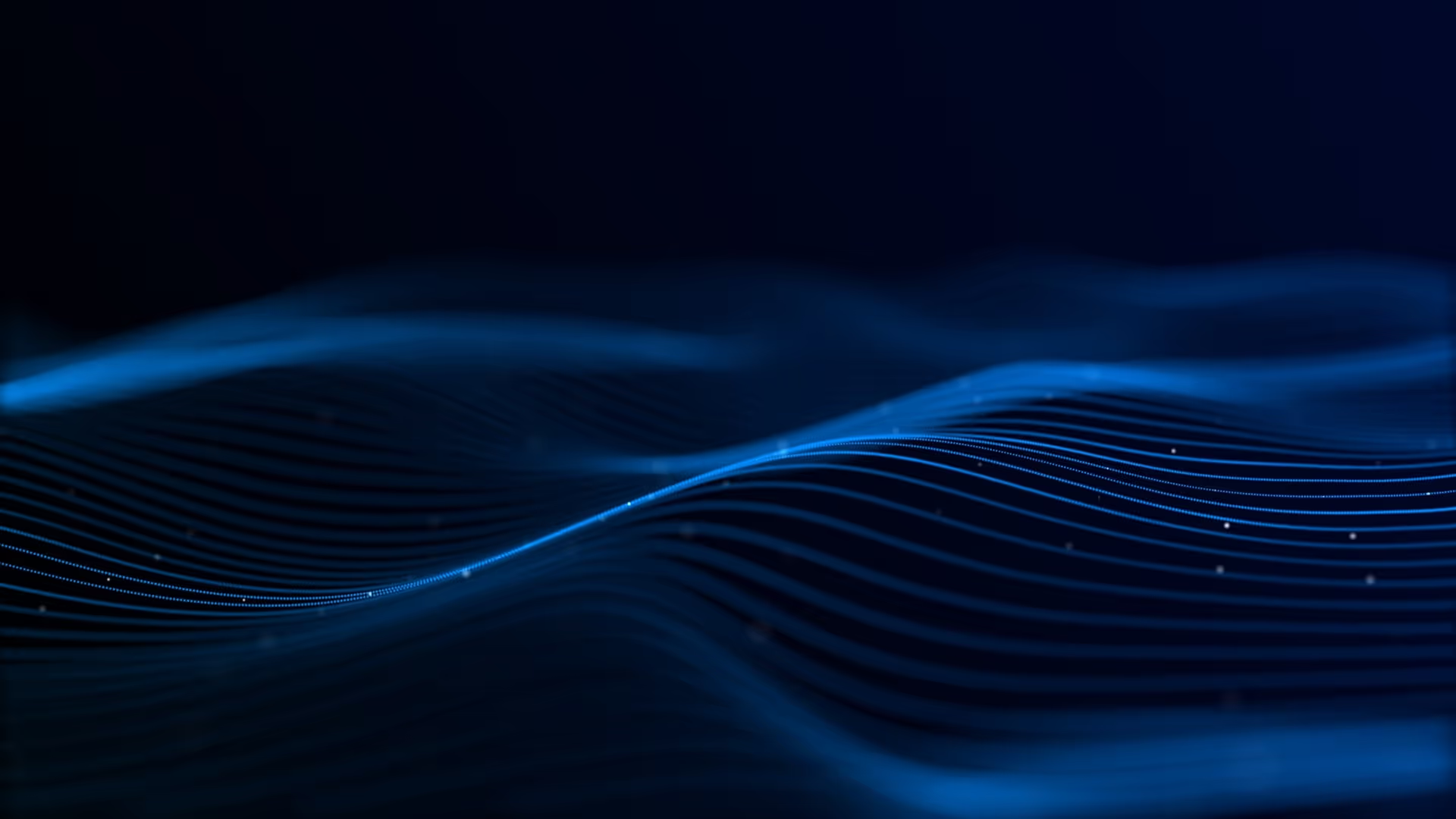



%203.jpg)

%20provider.jpg)
.jpg)
%20(1).jpg)